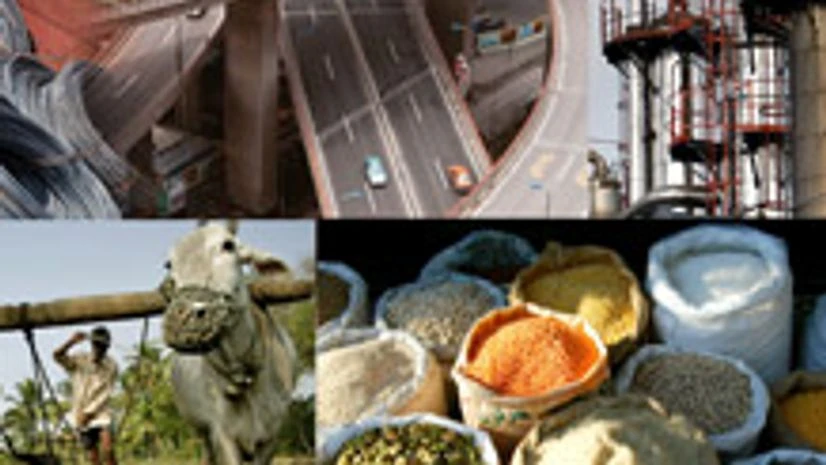Suggesting the current government’s massive political mandate was for reforms, the Economic Survey for 2014-15, tabled in Parliament on Friday, said India now had a historic opportunity to take the path to double-digit economic growth rate.
For 2015-16, the Survey projected real gross domestic product (GDP) growth (at market prices) at 8-8.5 per cent — 0.6-1.1 percentage points higher than that estimated for the current financial year. In the short run, growth was likely to be boosted by a combination of lower oil prices, the likely monetary policy easing, and forecasts of a normal monsoon, it said.
For 2015-16, the Survey projected real gross domestic product (GDP) growth (at market prices) at 8-8.5 per cent — 0.6-1.1 percentage points higher than that estimated for the current financial year. In the short run, growth was likely to be boosted by a combination of lower oil prices, the likely monetary policy easing, and forecasts of a normal monsoon, it said.
Read our full coverage on Union Budget
Of particular interest in the Survey is its take on kickstarting the investment cycle. The Survey, penned by Chief Economic Advisor Arvind Subramanian, acknowledges private investment will be the primary driver of growth in the long run, but public investment is required in the short run. It also makes a case for moving away from public consumption to public investment.
The document specifically pencils out the argument that a greater investment in the Indian Railways will deepen connectivity and increase public investment. This thinking is similar to what Railways Minister Suresh Prabhu had recently articulated at the Business Standard Infrastructure Summit — that one sector should be chosen to drive investment growth; that will have a multiplier effect.
The Survey says “the Indian Railways could be the next locomotive of growth. Greater public investment in the railways will boost aggregate growth and competitiveness of Indian manufacturing substantially”.
Also Read
It points out that the current macroeconomic scenario in India is more favourable than in other countries. A large part of the improvement is a consequence of the sharp decline in global crude oil prices. This, the survey acknowledges, opens up space for the Reserve Bank of India to cut interest rates. Coupled with the forecast of a normal monsoon, this is likely to boost growth in the coming financial year. The sharp decline in oil prices, a normal monsoon and the reining in of inflationary expectations are likely to create space for RBI to ease its monetary policy.
On the fiscal deficit front, the Survey says the Budget should not deviate from the path of fiscal consolidation, though it should shift the composition of the expenditure by increasing allocation to public investment, as opposed to public consumption.
On tax, the Survey argues for the need to “create a competitive, predictable, clean, and exemptions-light tax policy regime that will lower the cost of capital, incentivise savings, and facilitate taxpayer compliance”.
For adopting an inflation-targeting regime, the Survey says, the government and RBI need to codify the monetary policy framework agreement into an institutional arrangement. With this basically becoming de facto practice, the arrangement will likely be formalised.
On reforms in the banking system, the Survey argues for revisiting the priority-sector lending norms. This suggests greater funds will now be available to banks for lending to industry.
Further on the reforms front, it says, in order to provide legal certainty and confidence to investors, the coal, insurance and land ordinances need to be translated into legislation, approved by Parliament. Also, the legislative process for goods & services tax needs to be underway.

)
